Over the last 3+ years I’ve spent a rather embarrassing amount of time analysing battery drain on mobile computing devices. It’s become a specialty of mine to look at a device, look at the battery size and then estimate real-world battery life figures for certain usage scenarios although in the netbook world it really boils down to a simple equation take 30% off what you see on the specifications.
In the world of smart devices (computing and communication devices based around the ARM architecture) the equation is slightly different and as we move to ARM based tablets, pads and MIDs the equation gets even more wobbly because these devices can idle down to near-zero drain rates. Take the 300+hrs standby figures you see on some phones for example. With a 5W battery, that’s a drain of about 16mw, which is 100x less power than even the most efficient of PC-based mobile devices in idle mode. The problem is, however…
There’s no such thing as idle.
The days of ‘standby’ are long gone as even the most basic of phones are able to play music, access 3G networks, present information on backlit colour screens and run simple background tasks like alarm and event monitoring, location services, email polling and more. Move to a smartphone scenario and that 16mw idle figure is irrelevant. When I tested my N82 a few years ago I was shocked to find out that it could suck 9 batteries dry in a long day of heavy use.
I re-charged the device fully and did a static test using the same apps. Music playing, live GPS tracking (I use Nokia Sports Tracker) and IM via Gizmo. I left the device alone and didn’t use it. After 110 minutes it switched off indicating a 2.1W average drain from the 3.7wh battery. [Source]
Today I installed an interesting app on my N82 and confirmed those findings of nearly two years ago. Using the awesome (for geeks like me) ‘Energy Profiler’ for Symbian Series 60 I lay in bed for about an hour testing out various scenarios. Sure enough, the phone idled down to about 200mw and by simply streaming some music over 3G the figure shot up to 1W. Turn on GPS via the map application and crank up the volume and the device was using over 1.5W. Just cranking up the audio volume added 20-30% power load on the device!
The CPU is out of the equation
Last week at CES Nvidia announced Tegra 2. It’s one of the most powerful ARM-based processing platforms on the planet. Think 2-4 times more CPU processing power than even the fastest smartphone out there right now. It’s amazing and exciting, especially when you known that the CPU cores only take around 400-600mw under full load. Once again, this platform can idle down to an almost frozen state. The platform is slightly too big and power-hungry for small smartphones at the moment but expect to see this in high-end media and internet phones and upcoming tablets and MIDs. The 4-10 inch screen range.
When you get to screen sizes of 4 inch and above, something happens that levels the playing field for Intel somewhat. Their CPU platforms (*1) don’t idle down very well but in a typical ‘internet-connected’ scenario on one of these ‘smart’ devices, that becomes almost insignificant as the screen backlight adds such a huge load to the platform that when combined with Wifi, 3G, BT, GPS and audio, the CPU is just 10% of the total load. Swapping Intel out for ARM would save you just 5-10% battery life in an ‘active’ scenario.
Active standby
I’m a big fan of low-power computing and I understand that that most people won’t be using a device all the time so there’s a distinct advantage to use and ARM platform over a current Intel platform (*1) but usage models are changing and it’s now common to find people picking up a phone to use it once every few minutes and when they’re not using it, the GPS, Wifi, 3G and audio is still running. Simply being ‘connected’, polling the internet is going to mean that your device is going to be using 500mw of power on average. Standby is now an ‘active’ or ‘on-net’ experience.
Extreme Battery life marketing
All this confusion and range of figures is great for marketing teams. The ‘all-day’ connected’ expression will be used a lot along with a lot of talk about standby battery life of ‘days.’ Forget it! The average 4-10 inch tablet device will be using an average 1W to 2W per hour. Leave the screen backlight on along with a few flash and ajax-filled browser tabs running with a 10 inch slate and you’re in the 4W range. The 10W battery that would fit comfortably in such a device suddenly becomes a 2.5hr battery in that scenario.
Warning
You will hear a lot of battery life BS over the next year. Silicon manufacturers are in a truly critical fight to win in the new ‘smart’ devices market and as a result, they will use every weapon. BE AWARE that as devices get more fun, connected and dynamic, you will use them more and battery life will drop like a fly. IGNORE manufacturers battery life claims and wait for independent reviews. That’s what we’re here for!
Related articles:
How long does your smartphone last in ‘MID’ mode?
How big is an ‘all-day’ Mobile Internet smartphone?
(*1) The upcoming Moorestown platform brings a whole new power control architecture to the table in late 2010. More analysis on Moorestown here.

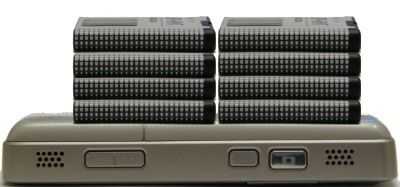

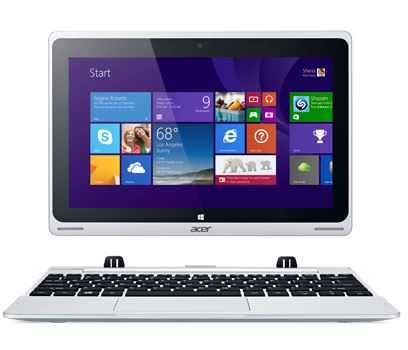
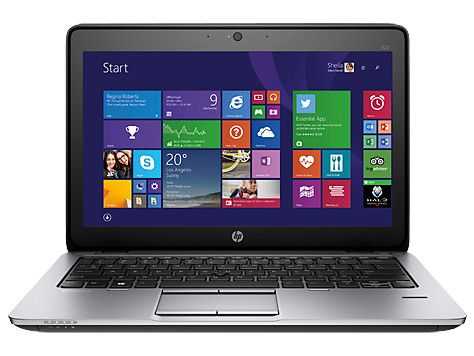
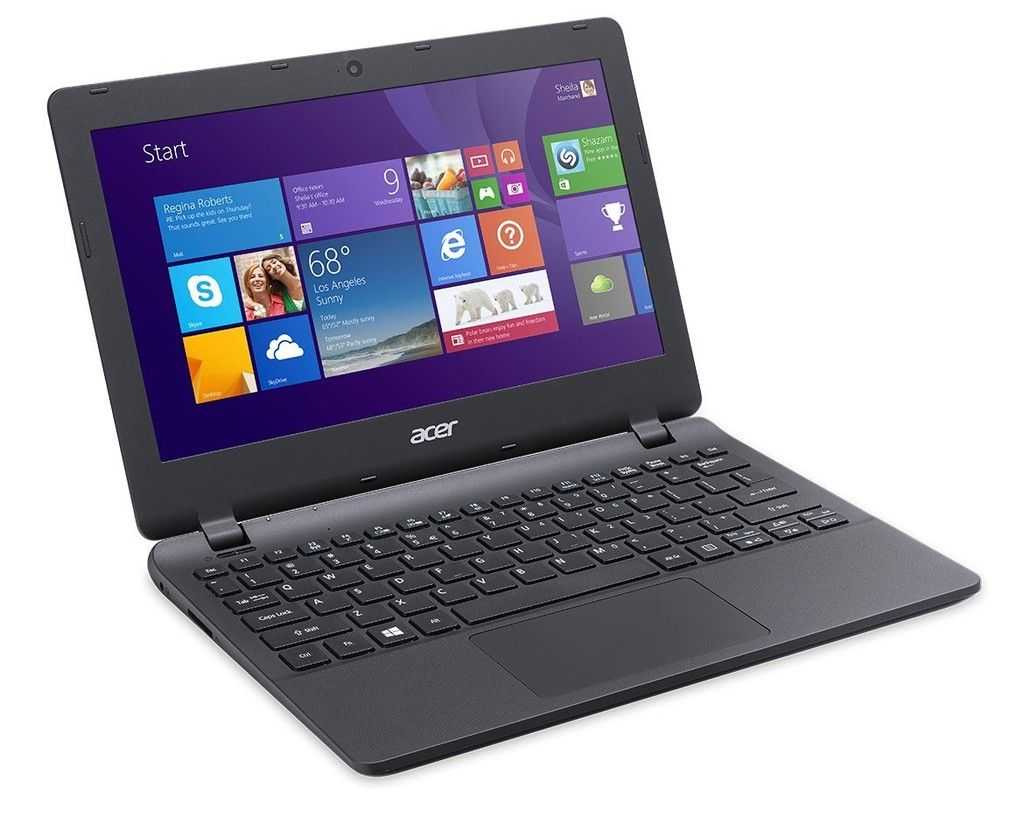

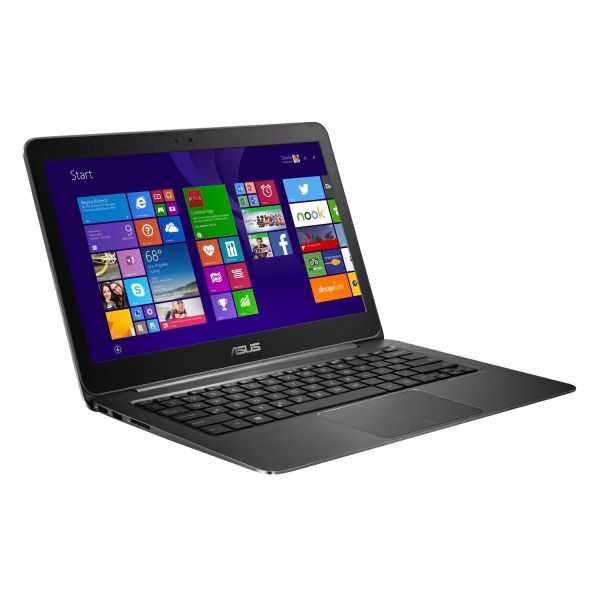


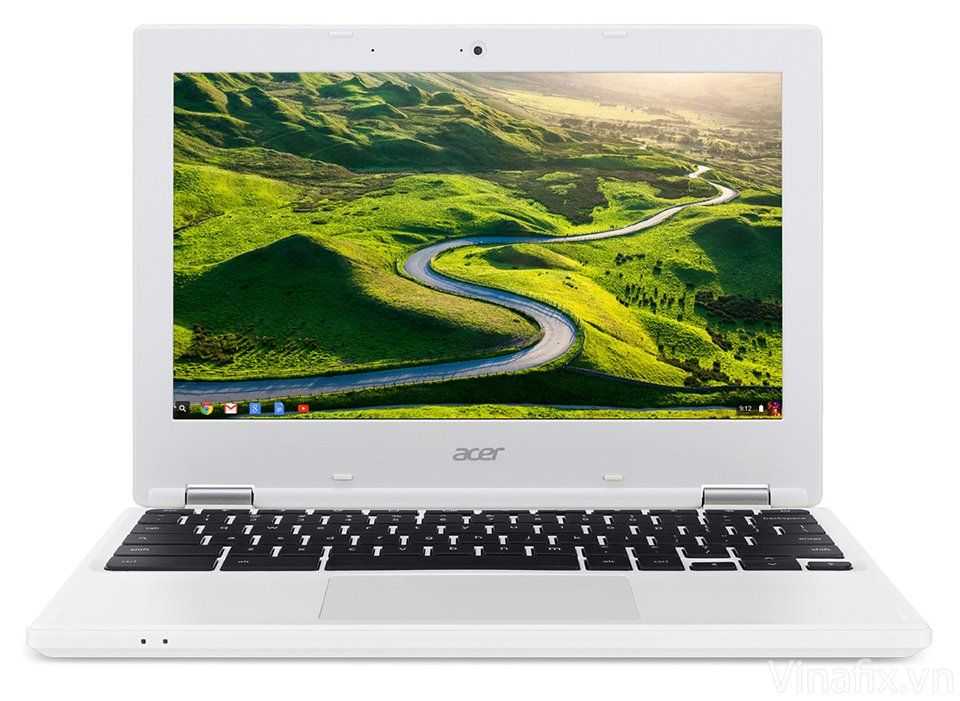
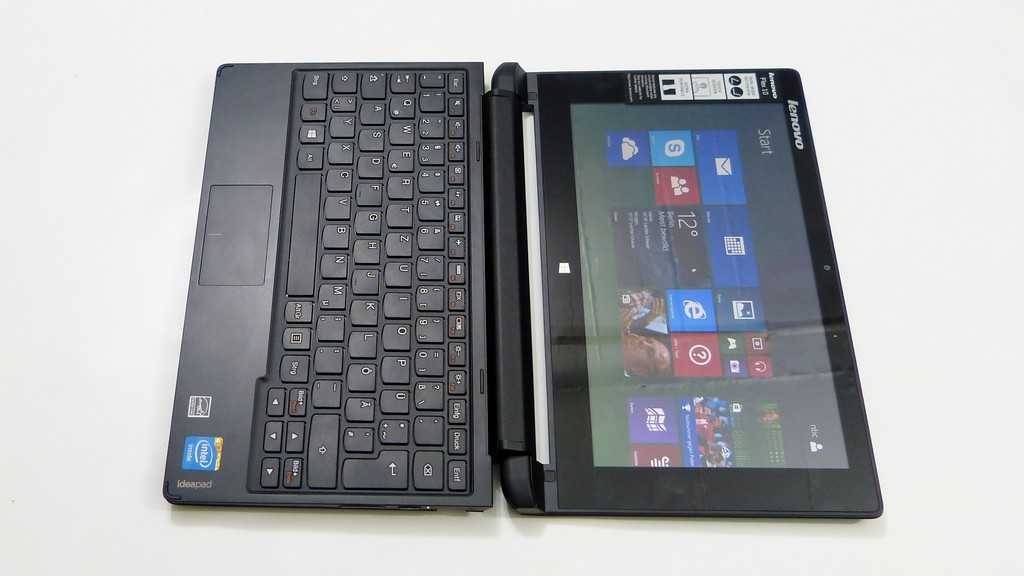
New article: A Warning about 'Smart' Device Battery Life. http://bit.ly/8oOoTF
RT @umpcportal: A Warning about 'Smart' Device Battery Life. http://bit.ly/8oOoTF < Beware the Battery Life BS!
RT @umpcportal: New article: A Warning about 'Smart' Device Battery Life. http://bit.ly/8oOoTF
RT @chippy: RT @umpcportal: A Warning about 'Smart' Device Battery Life. http://bit.ly/8oOoTF < Beware the Battery Life BS!
RT @chippy: RT @umpcportal: A Warning about 'Smart' Device Battery Life. http://bit.ly/8oOoTF < Beware the Battery Life BS!
Very true. I am not that much expert but yet I can see there is no such thing as ‘idle’ left any more. Contras of slim and more functionality means less battery life, and it is happening all across.
Good call, Chippy. I work with batteries, reconditioning, rebuilding, and recycling. Is there a chance that you and every other mobile device website could run a story on this topic every day on every site? That is what it will take for people to understand that this is physics, not harry potter. Anything else is marketing, which is more like harry potter than physics. You did a clean job of presenting the numbers involved and showing what they mean in real life.
A Warning about ‘Smart’ Device Battery Life. http://tinyurl.com/ykk4o5c <- EXPERT on power drain!
You are making a good argument here for Pixel Qi screens in anything larger than 6″ screens, aren’t you? Outside, turn off that backlight and you can still get work done, no?
at least unless your work involves editing color images or video, as the qi screen goes grayscale without the backlight on.
Absolutely. Pixel Qi screens have advantages (and costs) although lets be honest, how often is a PC used outside? I’d say that backlight-savings would be in the order of 30-50% – about 0.5W (5-10% of netbook power)
>>>although lets be honest, how often is a PC used outside?
Ha! You’ve not been around NYC in places where there is free public WiFi outside! Bryant Park, for one, is filled with people and notebooks in warm weather!
It`rather a question of not being able to (because of glossy displays or poor brightness) than a question of not wanting to.
RT @mikecane: A Warning about ‘Smart’ Device Battery Life. http://tinyurl.com/ykk4o5c <- EXPERT on power drain!
The arm processor of N82 is preistoric in relation to Tegra2 or other new ARM processor, is like make in confront Centrino with Atom , two different era.
It’s like the big fake when Apple tell that X86 was more effiecient power for watt than powerpc and was a fake, becouse before and now powerpc is more efficient than x86 due to the architecture. ( we need to make in relation the SOI dimension and the same year).
What’s more this Smartbook are based on microsystems , where everything ( chip video, audio, controller, dsp, memory are in one big chip), that is what is trynig to copy now Intel for not lost the train.
Sure there are many factors that contribute to the power efficiency over the cpu, one factory is your OS, Windows is very heavy and the antivirus that must run on window doesn’t left any idle the cpu… Over that Windows OS do many unseful things that destroy the cpu, so I suggest in any case gnu/linux or derivate like Android and Chrome OS.
The Smartbook tested until now are in practice consume less power than any other x86 achitecture , and the uncompatibility with Windows Os is a good news.
:D
OS is a big big factor, you are correct. In that respect i’m not a fan of Linux and third party apps! Maemo will have a big problem if it continues to let people write apps and features at the core of their operating system.
Internet traffic prioritization is going to become important. Scheduling the use of 3G for apps that can wait 10-30 seconds (polling apps) for example.
Apple definately have the advantage is people are happy with a non-multitasking operating system!
sorry for my english, in italian a make some little less errors ;)
A Warning about ‘Smart’ Device Battery Life. – http://shar.es/aRVqg
THeres another element of platform power that I havent touched on in the above article and thats the theortical advantage of getting a job done and getting a system down to idle asap. E.g. a fast web page load means that you can start to read and find info quicker which means the screen and controls (and CPU/GPU for panning around a screen are used less) Intel calls this ‘hurry up get idle’ (HUGI) This is a theoretical advantage of a more powerful CPU.
I alluded to this in a post about ‘getting things done’ battery life.
http://www.umpcportal.com/2009/06/intels-moorestown-platform-from-smartphone-through-smartbook-and-beyond/2/
Here’s hoping to big advances in battery technology. Lithium-ion batteries are pretty old technology now. Anyone know of any battery research going on?
But i don’t see the need that screen/cpu/gpu/wifi/3g/BT/GPS/etc should be on all the time, i still think that manufacturers and specification regulators have a long way in optimizing entire chipset environment.
Very good !
“That’s what we’re here for!” Jep and thats good for us and for that a big thank you. ;-)
If you're interested in mobile "computing" this is a must read: "A Warning about ‘Smart’ Device Battery Life." by @chippy http://is.gd/6pF6B
to Battery; There is a lot of battery research going on. However, for ALL the things that a battery has to do, what you see right now are the basic fields under study and the stuff under development looks to be expensive even if produced in large numbers, hazardous because of materials used in production, or dangerous because a battery must contain a lot of power.
in general; Although the field of battery research seams to be a long and winding road, the field of power usage in computers is more open and smooth. Smaller processors are clearly possible and detailed reading of sub 35nm production papres shows that the problems encountered are not final limitations.
Right now screens can be sectioned to allow only a sector(s) to be lit as needed.
And right now processors of different sizes(asymmetrical processors)could be joined on the mother board so that power would be drawn as needed, switching processors while running.
But with all of this Chippy’s advice is most important: be realistic about power use and don’t allow manufacturers to control the conversation with marketing hype.